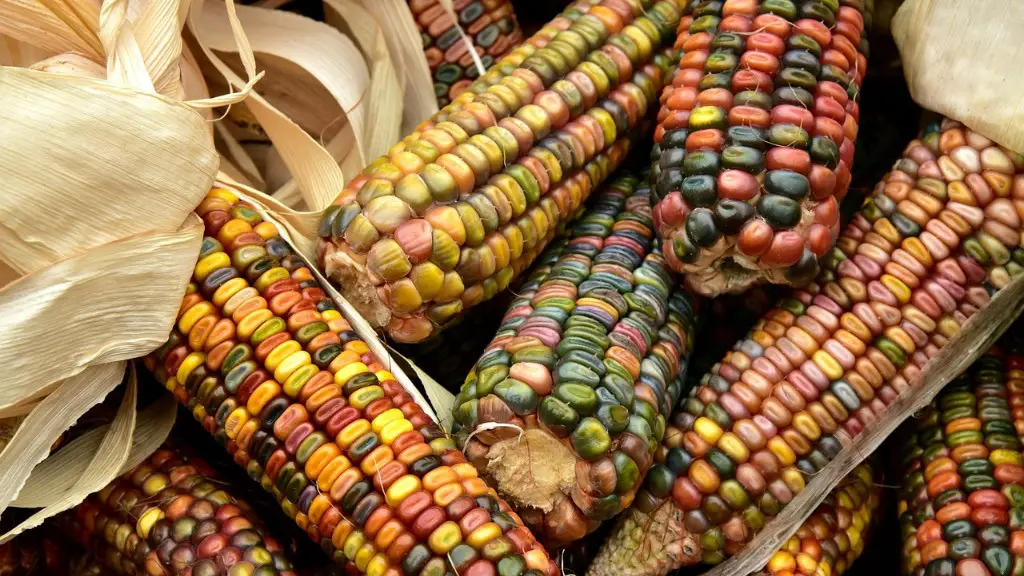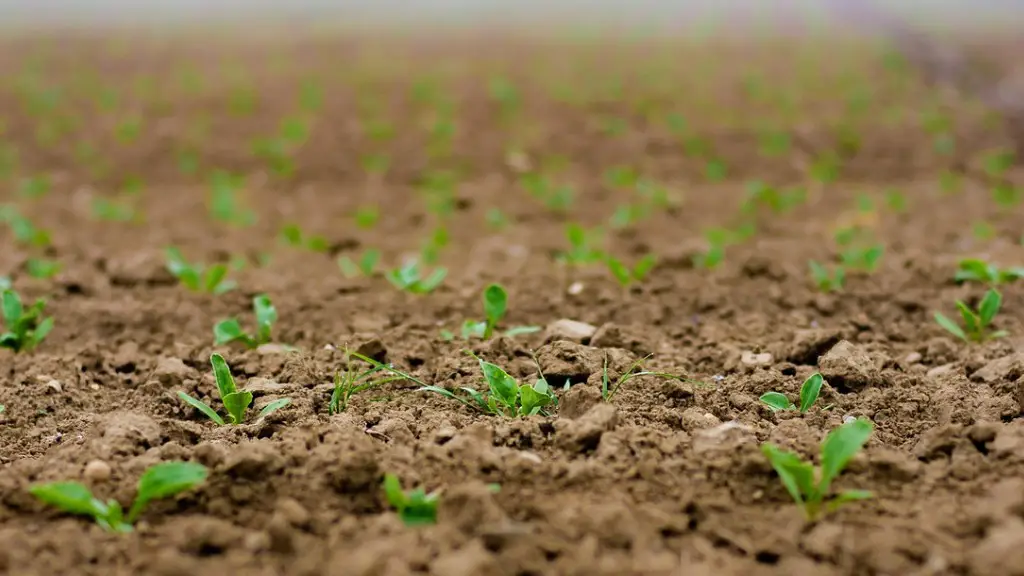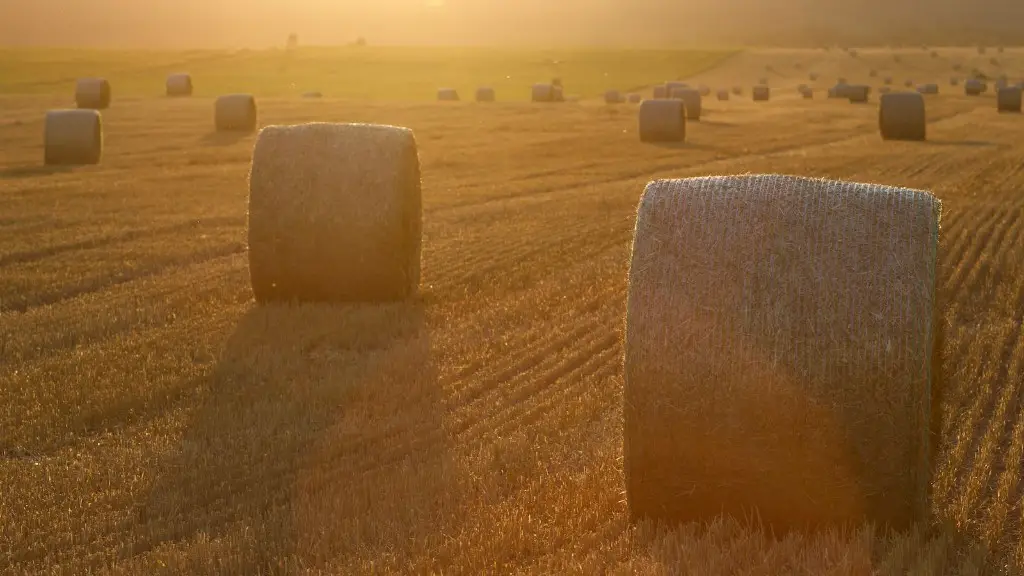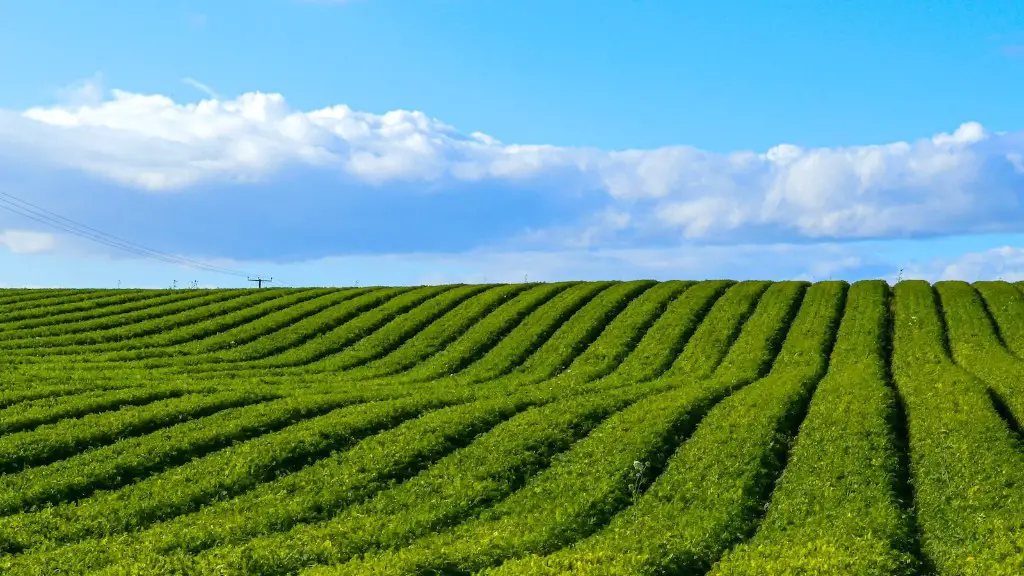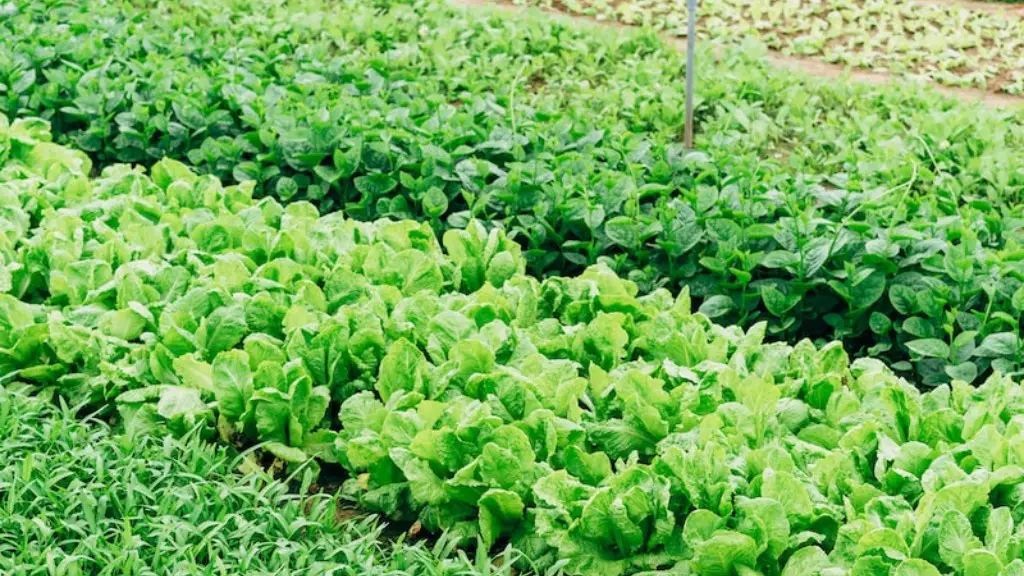Agriculture, which is a key resource for food production, has been relying heavily on fresh water from rivers, streams, and aquifers. However, with climate change and population growth leading to water scarcity, many countries around the world have started looking at alternative sources like ocean water to meet the demands of their agricultural sectors. This raises the question: Can ocean water be used for agriculture?
The answer, in short, is yes. There are several technologies that can be used to make ocean water suitable for agricultural use. One is desalination, which is the process of removing the salt and other impurities from seawater to make it more suitable for irrigation. Desalination is an expensive process, but it has the potential to offer large amounts of drinking water and agricultural water.
Another technology that can be used to make ocean water appropriate for agricultural use is reverse osmosis. This process involves forcing seawater under pressure through a semipermeable membrane which removes salt and other impurities. Reverse osmosis is a cheaper option than desalination, but it does not provide large quantities of freshwater.
In addition to these technologies, there are other methods of using ocean water for agricultural purposes. For example, farmers in some parts of the world may use seawater directly, particularly in arid climates where freshwater is scarce. This is known as saline agriculture, and it involves introducing salt-tolerant plants that can grow in salty soil. Additionally, farmers may use brackish water, which is a concoction of salt and freshwater, or brine, which is a highly concentrated mixture of salt and water.
The main challenges associated with using ocean water for agriculture include the cost and energy required to desalinate and the potential environmental impact. Desalination can be expensive and energy-intensive, and there are potential risks to the environment if chemicals are used in the process. Additionally, there is the potential for salt buildup in the soil over time due to the high levels of sodium in the seawater.
Overall, it is possible to use ocean water for agriculture. However, more research is needed to assess the cost-efficiency and environmental impacts of this approach.
Brackish Water for Agriculture
Using brackish water for agriculture is a viable solution to sustain crops and provide water to farmers while conserving the freshwater resources. Brackish water is a mixture of freshwater and saltwater, with less salt content than in ocean water. It is a comparison between saline and freshwater and with the right crop varieties and salinity levels, it becomes suitable for agricultural use. Brackish water agriculture can help provide water for crops for longer periods of time and can also reduce local water stress.
The crops grown in brackish water can range from cereals, fruits, and vegetables to citrus, salt-tolerant crops, and even mangroves. Brackish water can be used directly or can be initially treated to reduce the salinity of the water before using it in agriculture. Some of the methods that can be used to reduce the salinity include dilution, sedimentation, alkalinity, and ion exchange.
The main challenge associated with using brackish water is the cost of treatment. Brackish water treatment also requires energy and chemicals, both of which come with a significant environmental cost. Additionally, there is the potential for salt buildup in the soil, which could cause long-term problems for the crop and soil fertility.
Overall, brackish water can be used for agricultural purposes if done so responsibly. However, more research is needed to assess the cost-efficiency and environmental impacts of this approach.
Saline Agriculture
Saline agriculture is another technique that can be used to grow crops in areas with limited fresh water resources, such as coastal regions and arid countries. This method involves introducing salt-tolerant plants, such as seashore mallow, into saline soils to produce food. Additionally, saline water can be used directly or treated to reduce the salinity levels before using it to irrigate crops.
Saline agriculture has several advantages. It can increase land productivity, reduce freshwater consumption, and provide economic opportunities to farmers who have limited access to water sources. Additionally, saline agriculture can support biodiversity by promoting the growth of salt-tolerant plants and wildlife.
The main challenge associated with using saline agriculture is the potential for salt buildup in the soil. This can reduce the fertility of the soil, making it less suitable for crop growth. Additionally, the process of introducing salt-tolerant plants can require significant investment and resources.
Overall, saline agriculture is a viable method of producing food in areas with limited fresh water resources. However, more research is needed to assess the cost-efficiency and environmental impacts of this approach.
Artificial Flood Coastal Irrigation
Artificial flood coastal irrigation (AFCI) is a method that is used to irrigate crops using seawater. This process involves the controlled flooding of land with seawater, which is then allowed to slowly dry towards the lower areas and slowly back into the ocean. The process allows for controlled and efficient use of seawater for irrigation, reducing the need for precious freshwater resources.
AFCI has several advantages. It can increase land productivity, reduce freshwater consumption, and sustain the growth of salt-tolerant crops. Additionally, it can help to reduce salt build-up in the soil, as the seawater is slowly returned to the ocean.
The main challenge associated with AFCI is the potential for salt buildup in the soil. Additionally, the process requires significant technical expertise, resources, and investment.
Overall, AFCI is a viable option for irrigating crops in arid and coastal areas. However, more research is needed to assess the cost-efficiency and environmental impacts of this approach.
Seawater Farming
Seawater farming is a method of agriculture that uses seawater directly. The process involves growing crops such as mangroves and salt-tolerant plants in open or enclosed bays or lagoons. The seawater provides essential nutrients to plants and retains moisture in the soil, allowing for the growth of crops even in dry conditions. Seawater farming can also help to reduce water demand in coastal regions by reducing the need for freshwater resources.
Seawater farming has several advantages. It can increase land productivity, reduce freshwater consumption, and improve soil fertility. Additionally, it can provide economic opportunities for coastal communities, as farmers can access an additional source of income from harvesting salt-tolerant crops.
The main challenge associated with seawater farming is the potential for salt buildup in the soil. Additionally, the process requires significant technical expertise and resources.
Overall, seawater farming is a viable option for providing food security in coastal regions. However, more research is needed to assess the cost-efficiency and environmental impacts of this approach.
